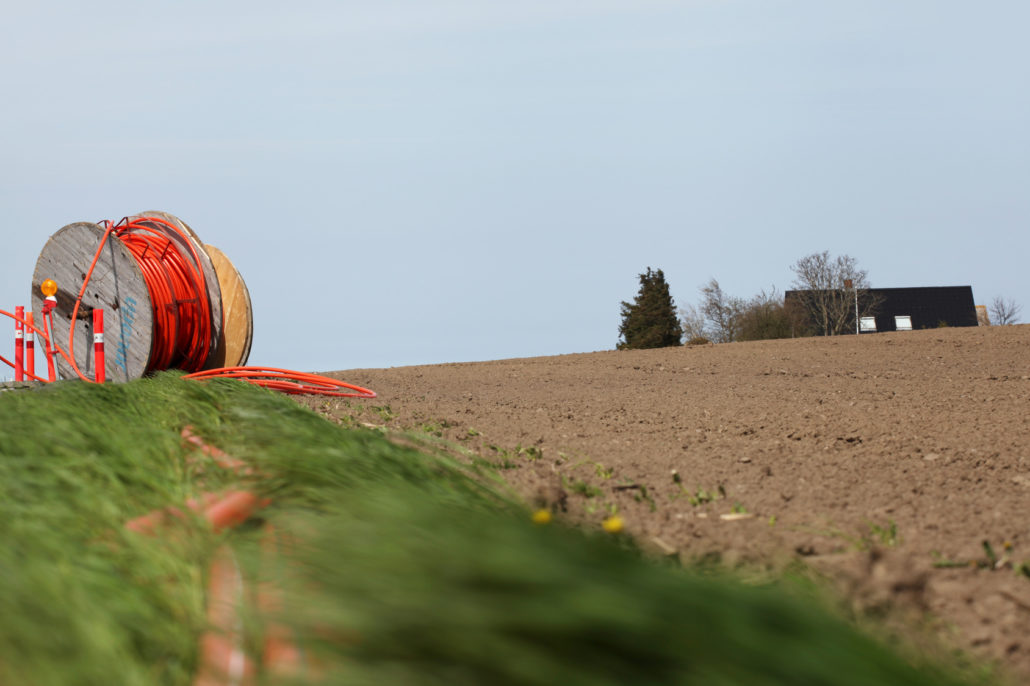Broadband Delivery in the UK and the Final 5%
Posted on Oct 18, 2016 by Christina Maslen
Posted on Oct 18, 2016 by Christina Maslen

The UK Government is in the midst of a nationwide programme, Broadband Delivery UK (BDUK), which aims to improve access to superfast broadband. Superfast broadband is measured by Ofcom as 30Mbps or more.
Phase 1 of the programme, which involved extending superfast broadband to 90% of premises in the UK by 2016, was successfully completed. The programme is currently in Phase 2 which pushes this access to 95% of the UK by 2017.
Our heads now turn to the remaining 1.5 million premises that make up Phase 3, commonly known as the ‘Final 5%’.
A small number for any infrastructure provider to deal with but the reality of extending superfast broadband with the commonly used fibre based technology is just not economically viable.
For this reason, a number of small infrastructure providers were tasked by the Government to pilot alternative methods for reaching the Final 5%. These included a range of technologies, including fixed wireless and satellite.
A BDUK report on the emerging findings from pilot projects proved that superfast broadband could absolutely be achieved for the Final 5% with non-fibre technologies.
This is great news for customers but the cost of the infrastructure is relatively high. Costs were coming in at £800-£1220 public subsidy per premise passed. That said, over 40 small infrastructure providers are now operating in the UK – 70% serving rural areas. According to the same report, suppliers are increasingly willing to invest in rural areas with some investing up to £1000 per premise passed if they can secure a 40-60% guaranteed service up take.
Suppliers are willing to invest and the infrastructure companies have found a way to provide superfast broadband to the Final 5%. Job done. Right?
Well, the pilots were successful in terms of finding a method but the infrastructure providers now need to understand how to scale up such methods for the remaining areas.
Visibility of customer demand and available resources is needed. In industries such as retail, this would be relatively easy to model, but analysing field operations in somewhat unknown areas is much more complex. An operating model of this kind would need to be flexible enough to adapt to unknown obstacles, making this an even bigger challenge.
The pilot projects have provided a good foundation of operational data that can help infrastructure providers, and even suppliers, get a good understanding of how to replicate successful rollout methods. Although this is a good place to start, they will require much deeper insight to plan a rollout on a larger scale.
Combining operational data with additional sources of data in one easy to manage view can help management see the impact and requirements of planned approaches. Spatial data for hard to reach areas and existing infrastructure records are just two of the useful types of data that could help management plan cost-effective ways to expand coverage.
Most importantly, operating models that feed a variety of data sources into a single view make it faster and cheaper for management to trial rollout scenarios.
The ROI of reaching the Final 5% will be significantly lower than usual expansion costs but if operational management can harness the benefits of using data to plan demand and capacity, they can keep costs to a minimum.

 Reducing Costs in a Smart Meter Rollout
Reducing Costs in a Smart Meter Rollout | Cookie | Duration | Description |
|---|---|---|
| cookielawinfo-checkbox-analytics | 11 months | This cookie is set by GDPR Cookie Consent plugin. The cookie is used to store the user consent for the cookies in the category "Analytics". |
| cookielawinfo-checkbox-functional | 11 months | The cookie is set by GDPR cookie consent to record the user consent for the cookies in the category "Functional". |
| cookielawinfo-checkbox-necessary | 11 months | This cookie is set by GDPR Cookie Consent plugin. The cookies is used to store the user consent for the cookies in the category "Necessary". |
| cookielawinfo-checkbox-others | 11 months | This cookie is set by GDPR Cookie Consent plugin. The cookie is used to store the user consent for the cookies in the category "Other. |
| cookielawinfo-checkbox-performance | 11 months | This cookie is set by GDPR Cookie Consent plugin. The cookie is used to store the user consent for the cookies in the category "Performance". |
| viewed_cookie_policy | 11 months | The cookie is set by the GDPR Cookie Consent plugin and is used to store whether or not user has consented to the use of cookies. It does not store any personal data. |
